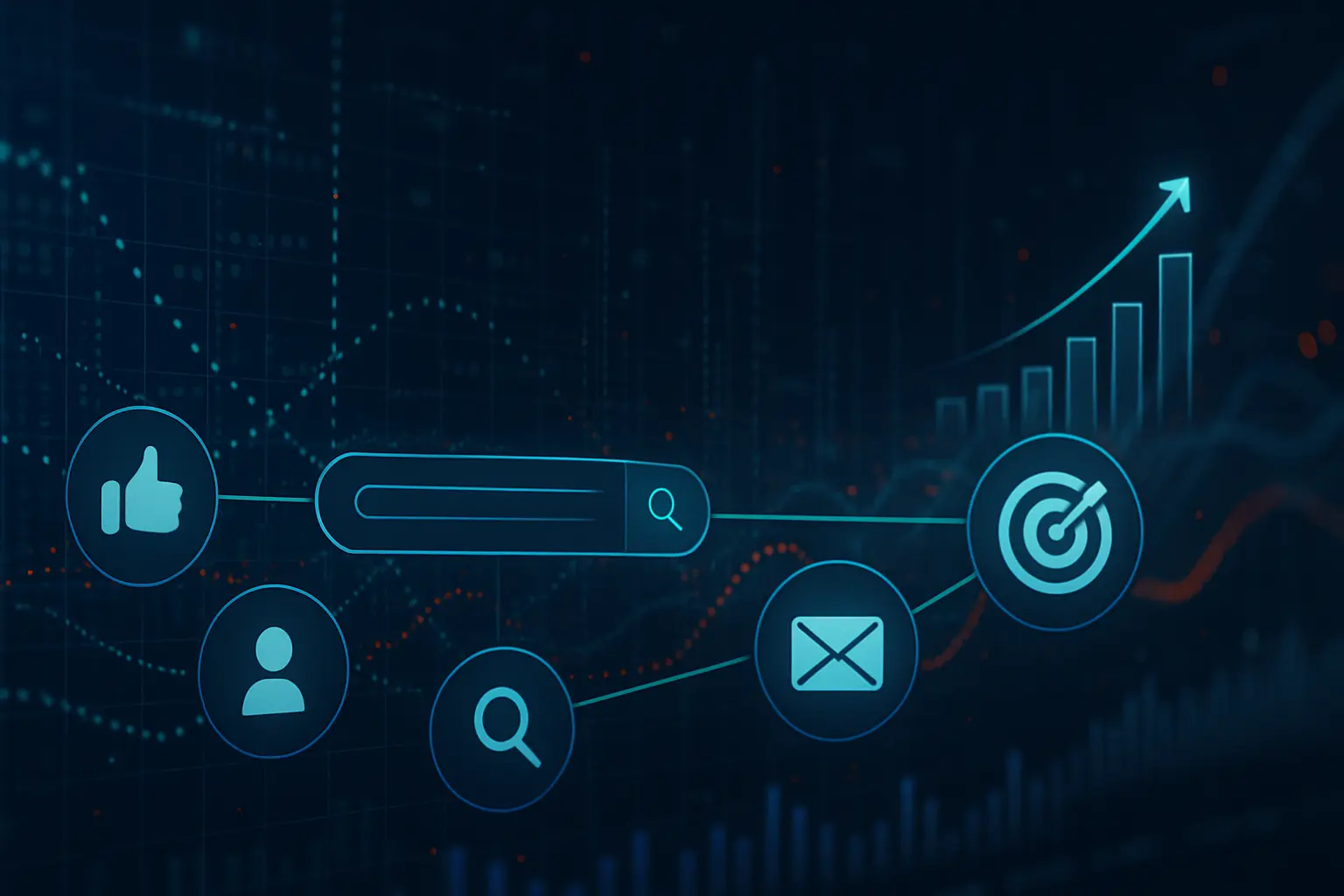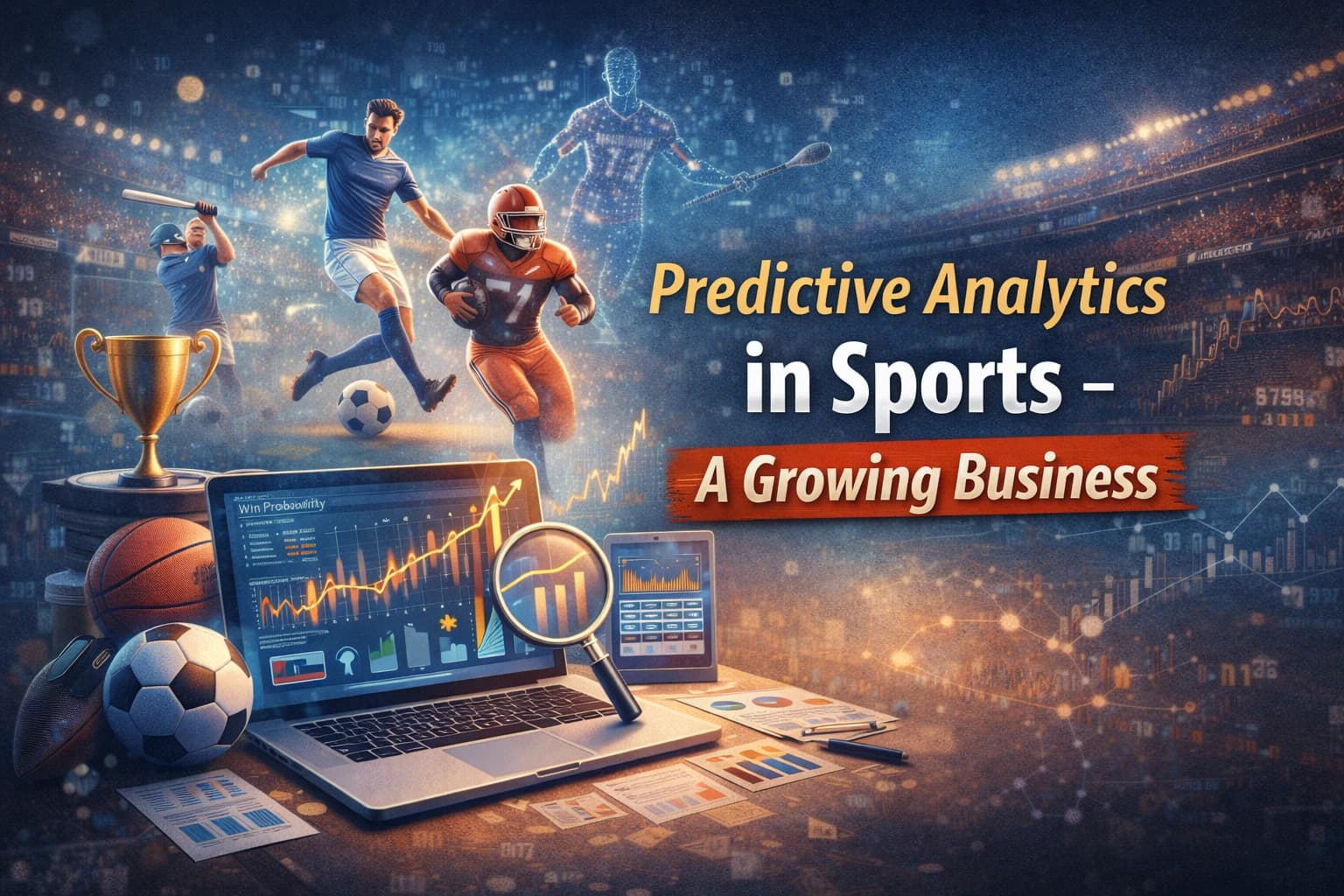Using Artificial Intelligence to Sense Buyer Intent – Customer Intent AI
Some months ago, Booking.com joined the ginger group of brands to combine artificial intelligence with mobile to get a head start in anticipating a customer’s purchase intent.
Booking.com app users now not only receive instant booking access to a destination via a single QR code but also personalized offers based on their past travel experiences, preferences, and interactions. That’s how it tackled the issue of buyer intent.
Over the last year or so, the process of anticipating a buyer’s intent has gotten even more scientific.
We have seen brands like Booking.com actively deploy the “cold and emotionless” instrument of AI in a field that is almost always centered around human emotions – intent.
Instead of spending solely on advertising that may target the wrong demographics or address audiences with no contextual relevance, brands are increasingly investing in AI-driven tech to “understand” a buyer’s intent.
Looking to Scale Your Retail Business Leveraging the Use of AI? >>> Let's connect
Ironically, isn’t it, that cold algorithms are being used to predict, accurately one must say, a human act which is a chain of events driven by a person’s knowledge and experience.
Purchaser intent is akin to a guessing game, but AI is taking some of the guesswork out.
Targeting buyer intent requires combining active and passive data to accurately infer, with some degree of probability, whether a customer is in the market to buy right now.
Data sources capture such “intent” signals that consumers emit, pointing the brand in the right direction.
AI, riding on blazing-fast computational power, lets brands quickly understand what consumers are thinking to identify patterns, and also predict how quickly they will respond to advertising that touches an emotion.
AI and machine learning are linking the marketer with the “connected” individual. More and more marketers are relying on intent targeting to execute outbound demand generation campaigns.
It’s no longer only about grouping together like-minded customers and trying to second-guess what they want.
Move from reactive marketing to intent-driven decisions >>>>> Learn more
The customer journey just got more sophisticated and granular with the deployment of AI in understanding what an individual buyer intends to do next in their journey.
It’s like a race today: the first brand to get this also gets the customer as the prize.
There are a few brands in the hospitality business, like bookings.com, that have stepped up to the plate and integrated AI in their operations, giving consumers a plethora of AI-driven experiences.
Other brands are looking to use AI tech to do even more effective predictive lead scoring, fine-tune their marketing efforts, and predict a purchaser’s intent near-automatically.
Purchase Intent and AI
AI tools can evaluate thousands of website paths and hundreds of digital footprints, including page sequencing, referral URLs, time spent on pages, and page visits.
Later, these results can be compared against millions of past customer interactions and profiles.
Finally, you can see an increase in success rate from 5% to over 90%, and that’s possible because of AI and ML.
Purchase Intent AI Vs. Predictive Analytics
Monitoring users’ behavior and later applying rules to customize their journey is similar to predictive analytics.
Predictive analytics uses rule engines and hypothetical projections based on a small amount of data.
The hypothesis is the user's, especially a marketer’s, concept of the pathway a potential user will take.
Now, what’s different regarding purchase intent AI? ML. Machine learning enables you to analyze thousands of data points, even if you are not sure if they will be useful or related to each user’s behavior.
How AI Anticipates Customer Buyer Intent?
AI is a suitable tool for identifying patterns in big data, which can then be used to develop product promotion and marketing strategies.
Tools, including Natural Language Processing (NLP), AI, computer vision, and ML, enable you to go through several thousand pieces of data online to know the behavior of all individuals.
AI algorithms are trained to predict purchasing intent in real-time for millions of data points, drawing on billions of familiar results.
Below are some ways that elaborate on the process of buyer-intent prediction using AI:
Identifying the problems that customers face
Determining your customers' problems helps you understand specific product features, the marketing strategies you use, and the factors you need to modify to meet their needs.
By identifying problems before they arise, you have to analyze buyer intent for specific products and determine how to improve them.
You can conduct market research and analyze customer feedback to identify problems that can be improved further with AI.
Client data can be collected from surveys, voice of customer analysis, social media, and purchase ratings.
You can combine this data with CRM systems using customer feedback analysis tools.
Buyer-intent AI can predict customers’ problems and is particularly helpful when you have client feedback and market research data.
Intent prediction using interest signs
If direct data is unavailable, AI algorithms can gather data from a variety of sources.
You can find many 3rd-party service providers that gather data on client interactions to identify factors that influence user buying intent.
AI can use only a few signals to predict buyer intent for products based on such data. These signs include:
- Number of customers who visited your website
- Duration of your webpage
- Scroll speed
- Products that were viewed and
- The amount of time spent viewing every item
Predicting consumers' buying intentions is a highly speculative, complex task.
The use of AI in marketing can minimize this guesswork, ensure the process is more data-driven, and improve prediction accuracy.
Move from reactive marketing to intent-driven decisions >>>>> Learn more
Popular Use Cases of AI in Understanding Buyer’s Intent
To predict why someone may want to contact your organization even before they do.
Send proactive notifications by identifying customer patterns and trends, and contact them even before they call or contact your company.
Sources of data:
Earlier in this post, we spoke of sources of intent. Here are a few:
Search
This is the most obvious touchpoint, besides, of course, social channels. A favorite source of the intent signal is what a customer has searched for online.
So, if someone has just searched for red shoes, there’s a strong chance she is looking to buy them.
Editorial content
What a customer is currently reading is also a pointer. What’s more, articles read online can also indicate a buyer's stage.
If he is browsing and researching articles about smartwatches, he is still in the research stage. When he starts reading about specific watch brands, he is almost ready to buy.
Advertiser content
Again, the very types of ads people click on can tell you what they are looking for.
All of this monitoring and deduction can now be entrusted to AI-driven programs, to collect and collate, to take proactive action. All of which will elevate the customer’s experience and improve business results.


